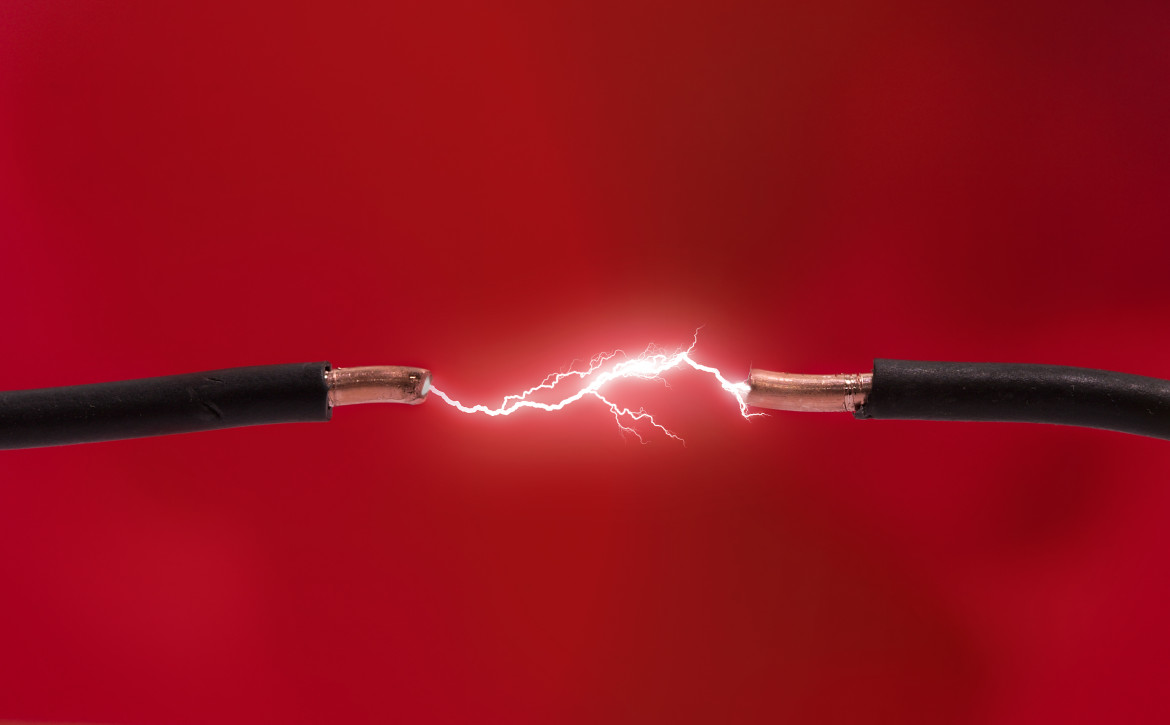Five lessons we’ve learnt about the anti-dumping commission (ADC).
The newly established ADC was only foour days old when it received an application from Wilson Transformers for an investigation into the alleged dumping of power transformers exported from various Asian countries. The investigation proved to be one with significant complexities. Recently the ADC published the investigation’s Statement of Essential Facts (SEF), which sets out the findings from which the ADC intends to makes recommendations to the Parliamentary Secretary.
While focused on power transformers, readers of the SEF can gain crucial insights into the approach to dumping investigations taken by the ADC. We briefly recap below the relevant issues and then set out 5 lessons exporters and importers should take from this SEF, which are suitable for application to future anti-dumping investigations.
The investigation
The power transformer investigation concerned an application by Wilson Transformers covering large power transformers with specified minimum power ratings and a maximum voltage rating. After conducting its investigation, the ADC concluded that Wilson Transformers had suffered material injury which was caused by the dumping of power transformers by Thai, Vietnamese, Taiwanese and Indonesian manufacturers. While dumping of Chinese and Korean goods was found, the volume of dumped goods was negligible.
Dumping occurs when goods are exported to Australian by a foreign manufacturer at a lower price than its normal value (usually domestic selling price). Dumping is not illegal, however; dumping duties can be imposed when dumping is found to have caused material injury to an Australian industry.
The ADC is charged with carrying out dumping investigations. The usual practice for the ADC is to release exporter questionnaires seeking detailed financial information. This information is verified with site visits and investigating the local manufacturer and importers. The information gathered enables the ADC to determine if there was dumping, and if so, whether that dumping cause material injury to the Australian industry.
Preliminary affirmative determination (PAD)
If the ADC forms a preliminary view that dumping is causing material injury to the Australian industry it has the option to issue a preliminary affirmative determination (PAD) and impose interim dumping duties. The purpose of those duties is to protect the local industry while the investigation is being undertaken.
The ADC issued a PAD in this investigation, and a review of the PAD findings in comparison with the original SEF produced interesting results. Both Korea and China, who ended up with the recommendation that the investigation be terminated with no dumping duties imposed, had interim dumping duties of up to 5.9% and 35% respectively. Of the Chinese exporters, two were eventually found not to have even exported the goods during the investigation period. Conversely, no preliminary duties were set in respect to Thailand, while the SEF recommended rates as high as 39.1%.
Lesson 1 – The PAD is based on unverified information and the interim duty rates give little guidance to the rate that will ultimately be recommended.
Like goods
The scope of the investigation is framed by the identification of “like goods”. These are defined as goods identical to those described in the application and goods that although aren’t identical, have characteristics closely resembling the goods under consideration. The ADC took a very narrow definition of “like goods” and confined the investigation to only those goods that were identical to those under consideration. Goods which were outside the stated power and voltage ratings, by any amount, were not deemed to be “like goods”.
Lesson 2 – The ADC will confine the definition of “like goods” to those that are identical to the goods under consideration.
Cause of material injury
Once dumping is proven, it is necessary to determine whether this dumping caused material injury. This proved to be a very low threshold in this investigation. The ADC held that a single lost sale due to dumping was sufficient to cause material injury. The ADC relied on the size of a potential sale as a way to reach this conclusion.
Lesson 3 – Material injury can be caused by a single lost sale.
Other causes of injury
The ADC must not attribute to dumping injury caused by other factors. In this case, there were significant additional factors the ADC needed to consider, such as a significant fall in Australian demand for power transformers, the rise of the Australian dollar against the US and other key currencies (decreasing the cost of imports) and an increase in market share of un-dumped imports.
The ADC gave scant regard to these factors, despite, for instance, the price impact of currency movement being up to four times as significant as the alleged dumping margin.
Lesson 4 – The ADC may be very slow to find that other factors prevented dumping from causing material injury.
The importance of the exporter questionnaire
The completion of the exporter questionnaire is often the first significant step an exporter undertakes in a dumping investigation (and the most important as demonstrated by this case). The exporter questionnaire determines the dumping margin which, more than anything else influences the findings of the ADC.
The importance of the exporter questionnaire can be seen by the fact that the interim duties were based on unverified information extracted from exporter questionnaires. There were some exporters whose final recommended dumping margin was based on the exporter questionnaire without a verification visit being undertaken. Another exporter, who failed to complete the questionnaire to the satisfaction of the ADC, was the subject of a recommendation to impose a penalty dumping margin.
In this case, demonstrating that the exporter was not dumping was the only way to avoid a recommendation of dumping duties. In this respect, the exporter questionnaire is the key piece of evidence. Put simply, if dumping was found, trying to avoid dumping duties on the basis that the dumping did not cause material injury was nearly impossible.
Lesson 5– Invest time in the exporter questionnaire, to the ADC it is the most important evidence.
What’s next?
Following the SEF, there will be a series of submissions, a new ADC report, a decision by the Parliamentary secretary and no doubt, a raft of appeals.
In the meantime, anti-dumping investigations for other products will be commenced. Importers and exporters who take notice of the lessons learned throughout the power transformer anti-dumping investigation will find the methods of the ADC more predictable.
It is our view that consideration of the above lessons when planning a response to an anti-dumping investigation will produce a strategy with the highest chance of success.





